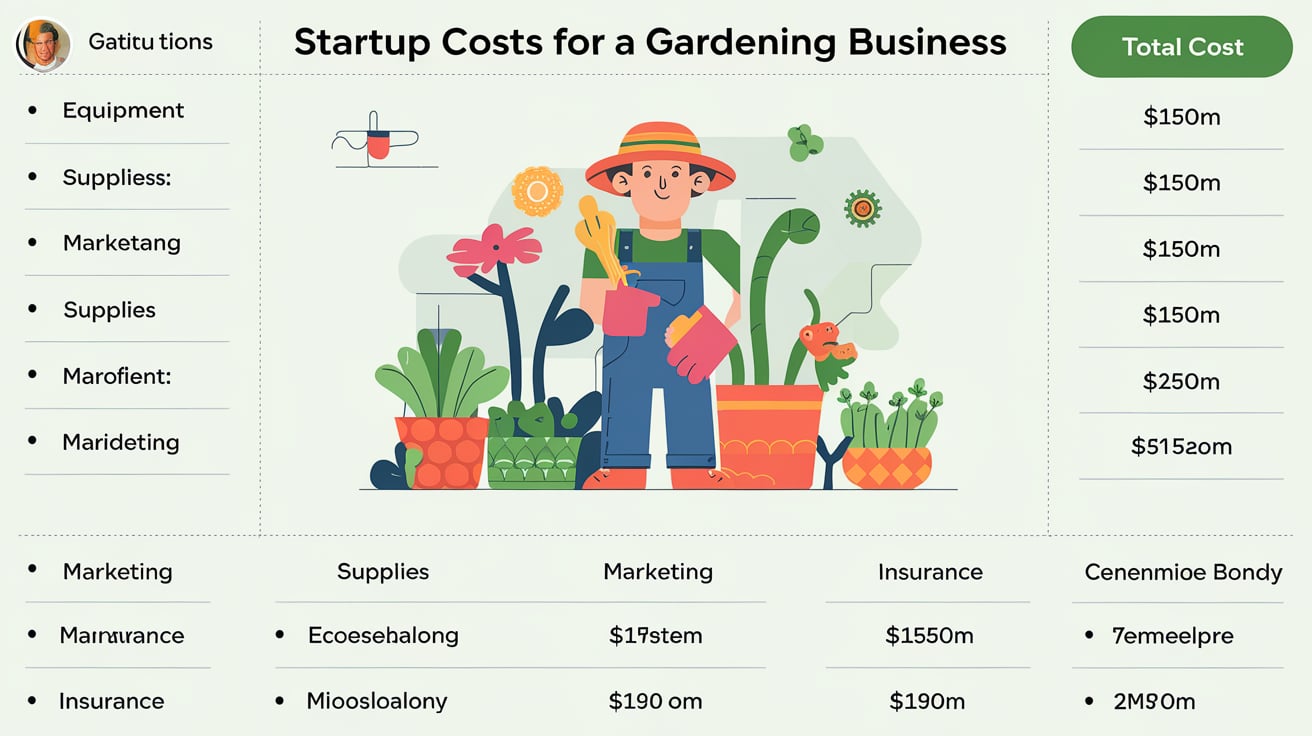In the fast-paced landscape of today’s digital world, mastering social media has become a cornerstone for success. It is not merely an option but a necessity for small business owners, marketing professionals, entrepreneurs, and social media managers to harness the full potential of these powerful platforms.
Understanding how each social media platform functions uniquely is paramount in propelling one’s engagement levels and fostering substantial growth.
Delving deep into the intricacies of various social media channels unveils a world rich with opportunities waiting to be seized. Each platform offers its own set of advantages and challenges, demanding a tailored approach to curate content that truly resonates with the target audience.
By comprehensively grasping the nuances of these diverse platforms, one can unlock the keys to enhancing brand visibility effectively and cultivating lasting relationships with followers. Embarking on this journey armed with knowledge will undoubtedly pave the way towards sustainable success in the dynamic realm of social media marketing.
Identifying Your Target Audience.
To achieve success in social media marketing, a crucial step is clearly defining your target audience. By understanding who your audience is, you can tailor your content effectively to meet their needs and preferences.
For example, if you are a small fashion boutique targeting young adults interested in sustainable fashion, your content should focus on eco-friendly practices, trendy outfits, and shopping convenience.
Analyzing demographics, interests, and behavior patterns is essential when creating content that resonates with your audience.
Suppose you discover through analytics that your target demographic prefers short informative videos over lengthy blog posts. In that case, you can adjust your content strategy accordingly to deliver engaging video content that aligns with their preferences.
Utilizing tools like Facebook Insights or Google Analytics provides invaluable data on your audience’s online behavior. For instance, by assessing the age group most engaged with your posts or the type of content receiving the most interactions, you can fine-tune your social media strategy for better results.
This data-driven approach enables you to make informed decisions on what type of content to produce and when to post it for maximum impact on your target audience.
Choosing the Right Social Media Platforms.
When it comes to choosing the right social media platforms for your business, a strategic approach is crucial. Each platform offers unique opportunities and features that can either propel your brand forward or dilute its impact. Start by evaluating which platforms best align with your business goals and target audience.
For instance, if you are a visual-centric brand looking to engage with a younger demographic, platforms like Instagram and TikTok might be more effective due to their emphasis on visuals and short-form content.
Consider the strengths of each platform in terms of reach, engagement, and features. For example, if your business thrives on storytelling and community engagement, platforms like Facebook or LinkedIn may offer better tools for longer-form content and professional networking.
It’s essential to focus on quality over quantity; instead of spreading yourself thin across numerous platforms, prioritize establishing a strong presence on a select few where your target audience is most active. By mastering a couple of platforms thoroughly rather than superficially engaging with many, you can create deeper connections and meaningful interactions with your followers.
To illustrate this point further: Imagine you run an eco-friendly clothing brand targeting environmentally conscious millennials. In this case, platforms like Instagram and Pinterest may be ideal due to their visually appealing nature and ability to convey sustainability messages effectively through images and videos.
By concentrating your efforts on these two platforms known for their visual storytelling capabilities, you can showcase your brand authentically while resonating with your specific target audience’s values and preferences. Remember, the goal is not just to have a presence on social media but to make an impact by being intentional in selecting the right platforms that amplify your message.
Crafting Compelling Content.
In the realm of social media, crafting compelling content is paramount to capturing your audience’s attention amidst the digital noise. Your content should not just fill their feeds but resonate with their needs and preferences.
Imagine you run a pet supplies business aiming to reach pet owners—your content may revolve around informative articles on pet care, captivating images of adorable pets enjoying your products, or engaging videos showcasing user testimonials about how your products have enriched their pets’ lives. By understanding what matters most to your audience, you can create content that speaks directly to them.
To enhance the visual appeal of your content, incorporating multimedia elements like videos, images, and infographics can significantly boost engagement. Consider sharing a behind-the-scenes video of how your products are made or an infographic outlining the benefits of a particular product range.
These visuals not only break the monotony of text but also make your content more shareable and memorable. For instance, if you own a boutique coffee shop, posting aesthetically pleasing images of latte art or a timelapse video of brewing techniques can draw in coffee enthusiasts who appreciate both the taste and artistry.
Storytelling is a powerful tool in social media marketing as it enables you to create emotional connections with your audience and elicit meaningful interactions. Take, for instance, a fitness brand that shares success stories from customers who have transformed their health through using its products; these narratives humanize your brand and inspire others to embark on similar journeys.
By weaving relatable stories into your content strategy, you can engage followers on a deeper level and foster loyalty by resonating with their aspirations and challenges.
Remember, in the realm of social media, quality beats quantity—focus on creating impactful content that adds value to your audience’s lives while aligning with your brand identity. Crafting compelling content tailored to your target audience’s needs and preferences will set the stage for stronger engagement and increased brand loyalty across your chosen platforms.
Implementing Consistent Branding.
Ensuring a seamless and recognizable brand presence across social media platforms is vital in establishing trust and fostering consumer loyalty. By developing a unified brand identity that encompasses consistent visuals, messaging, and tone, businesses can create a lasting impression on their audience.
For instance, a company known for its eco-friendly products may use earthy tones in its imagery and environmentally-conscious language across all platforms to reinforce its commitment to sustainability. This consistency allows followers to easily associate content with the brand, leading to increased engagement and retention.
Utilizing the power of uniformity extends beyond just visual elements; it also encompasses posting schedules and frequencies. By maintaining a predictable posting cadence, such as sharing content at peak engagement times or on specific days of the week, companies can optimize user interaction and keep their audience eager for new updates.
An example would be a fitness brand consistently posting workout tips every Monday morning, which not only sets expectations but also establishes the brand as an authority in its niche. Consistency in timing helps create anticipation among followers who look forward to regular content from their favorite brands.
Furthermore, incorporating a set of defined brand guidelines that dictate color schemes, logo usage rules, font choices, and even voice characteristics ensures that every piece of content shared aligns with the overall brand image.
Imagine a fashion label using a signature font style and color palette across all platforms; this uniformity aids instant recognition and strengthens brand recall among consumers navigating various social channels. It’s this cohesiveness that builds trust over time and fosters a sense of familiarity that keeps users engaged.
In summary, implementing consistent branding strategies is fundamental for establishing a strong digital presence across social media platforms. By harmonizing visual aesthetics, communication styles, and posting schedules, businesses can cultivate credibility, enhance visibility, and forge deeper connections with their target audience.
Through meticulous attention to detail and adherence to branding principles, companies can effectively differentiate themselves in crowded digital landscapes while leaving an indelible mark on followers’ minds.
Engaging with Your Audience.
Building a strong connection with your audience is paramount in leveraging social media for business success. Actively engaging with your followers can humanize your brand and foster trust and loyalty. Promptly responding to comments, messages, mentions, and reviews shows your audience that you value their feedback and are attentive to their needs.
For example, a clothing boutique that actively engages with customers on Instagram by responding to questions about products or thanking followers for positive feedback creates a sense of community and customer appreciation.
Encouraging interaction through polls, contests, surveys, or asking thought-provoking questions in your posts can spark meaningful conversations and boost engagement levels.
For instance, a local coffee shop running a poll on Twitter asking followers to vote for the next seasonal drink flavor not only generates excitement but also involves customers in decision-making processes, making them feel part of the brand’s journey.
Utilizing social listening tools to monitor conversations about your brand beyond direct engagements allows you to stay attuned to public sentiment. By promptly addressing both positive feedback and concerns raised online, you demonstrate transparency and dedication to customer satisfaction.
For example, a tech company monitoring Twitter mentions may proactively reach out to resolve any customer complaints swiftly, showcasing responsiveness and commitment to service excellence.
Leveraging Analytics for Optimization.
To truly master social media, it is essential to delve deep into the numbers and analytics that gauge the success of your efforts. By analyzing metrics like reach, engagement rates, conversions, and click-through rates, you can gain valuable insights into what resonates with your audience and what falls short.
For instance, tracking engagement rates might reveal that video content performs much better than plain text posts, prompting you to pivot towards a more visually appealing content strategy.
Identifying trends in data is crucial for refining your social media strategies continually. For example, observing spikes in engagement during specific times of day or days of the week could help optimize your posting schedule for maximum impact.
By adapting to these patterns and tailoring your approach accordingly, you ensure that your content reaches its intended audience when they are most active and receptive.
A/B testing content variations allows you to experiment with different approaches to see which yields the best results. This method involves creating two versions of a post with one differing element (such as headline wording or image choice) and measuring which performs better.
Through this iterative process of testing and learning, you can fine-tune your content strategy based on concrete data rather than guesswork, ultimately driving desired outcomes more effectively.
Collaborating with influencers and partners.
Collaborating with influencers and partners can be a game-changer when it comes to expanding your brand’s reach and credibility on social media. By strategically partnering with influencers or brands that share your values and cater to your target demographic, you open up avenues for increased visibility and engagement.
For example, if you own a sustainable lifestyle brand, collaborating with eco-conscious influencers could help you tap into a niche audience passionate about environmental causes.
Co-creating content or running campaigns together with influencers or partners can create synergies that benefit both parties.
Imagine partnering with a fitness influencer to promote your athleisure brand; by showcasing the influencer using your products in their workout routines, you not only gain exposure to their followers but also leverage their expertise to authentically promote your brand.
This collaborative approach adds credibility to your marketing efforts and fosters a sense of trust among potential customers.
The key advantage of collaborating with influencers lies in leveraging their established credibility within their follower base. When an influencer vouches for your brand or product, it helps establish trustworthiness among their audience, leading to higher conversion rates.
Furthermore, by tapping into new audiences through influencer partnerships, you can expand your brand’s reach beyond your current following and foster relationships with potential customers who align with your brand values. This strategic alliance enables you to access untapped markets and boost brand awareness in a more organic manner.
Conclusion.
In the ever-evolving landscape of social media, it is imperative for businesses to adapt their strategies continuously. By staying informed about industry developments and anticipating changes in algorithms or trends, small business owners, entrepreneurs, and marketing professionals can stay ahead of the curve.
It is essential to consistently evaluate performance metrics against established Key Performance Indicators (KPIs) to make data-driven adjustments that drive success. Additionally, remaining agile in testing innovative tactics while upholding core branding principles ensures a balanced approach to social media management.
In conclusion, following this comprehensive guide empowers small business owners, entrepreneurs, and marketing professionals alike to unlock the full potential of social media for sustainable growth and enhanced brand visibility.
By understanding their target audience, choosing the right platforms, crafting compelling content, maintaining consistent branding, engaging with their followers, leveraging analytics for optimization, collaborating with influencers and partners, and adapting strategies for ongoing success; businesses can navigate the complexities of social media effectively to achieve their goals.
Embracing these practices will not only elevate their online presence but also cultivate lasting relationships with their audience in the digital realm.
As an author writing and creating business courses and articles, I am responsible for developing and delivering high-quality content that is informative, engaging, and relevant to the target audience.
I monitor and analyzes business trends and topics to create courses and articles that provide value to readers and students here. I am responsible for ensuring that all content is accurate, well-written, and met the needs of the target audience.






